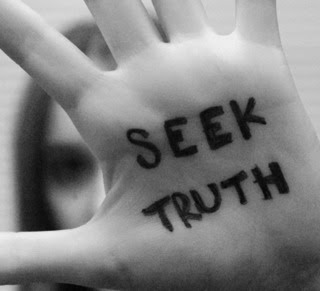First, Einstein addressed a letter to FDR on August 2, 1939 which detailed information he had obtained while in Germany of a possible Nazi attempt at a weapon using uranium would which invoke a nuclear fission reaction to cause mass destruction. A copy of the letter is inserted below


Documents courtesy of Argonne National Laboratory
As you can see, Einstein urges Roosevelt “for watchfulness, and if necessary, quick action on the part of the Administration”—shortly after, the Manhattan Project commenced.
But, Einstein wasn’t the first scientist to suspect the need for combative nuclear research; scientists had brought the idea to government attention as early as the 1930s. So, what would make Einstein stand out from the rest so substantially to name him as “Father of the Atomic Bomb”. Well, the answer is more obvious than you may think… One of his best known accomplishments, Einstein’s famous formula E=MC2 actually made the bomb theoretically possible. Although Einstein was not explicitly a nuclear physicist and did not participate in the actual construction of the bomb, his famous formula served as the base component to the construction of the atomic bomb.
Einstein graced the cover of a 1945 Time magazine just months after the bombings of Japan.

Image courtesy of www.time.com
Einstein reduces his involvement with the bomb to a signature on the letter he wrote to Roosevelt. He regretted having any involvement with the atomic bomb and it uses; he even wrote a letter to the president urging him against dropping the bombs on Hiroshima and Nagasaki. In 1950 when Truman announced that “super”/hydrogen bomb efforts would continue, Einstein appeared on Eleanor Roosevelt’s television show with a grave warning, “If these efforts should prove successful, radioactive poisoning of the atmosphere and, hence, annihilation of all life on earth will have been brought within the range of what is technically possible” (Stone & Kuznick, 230).
Below is a video chronicling Einstein’s involvement with the atomic bomb; I found it to be both interesting and helpful.
Other Sources:
Oliver Stone and Peter Kuznick, The Untold History of the United States (New York: Gallery Books, 2012), 230.
Walter Isaacson, "Chain Reaction: From Einstein to the Atomic Bomb," Discover Magazine (2008): 1-3, Accessed February 23, 2013.

